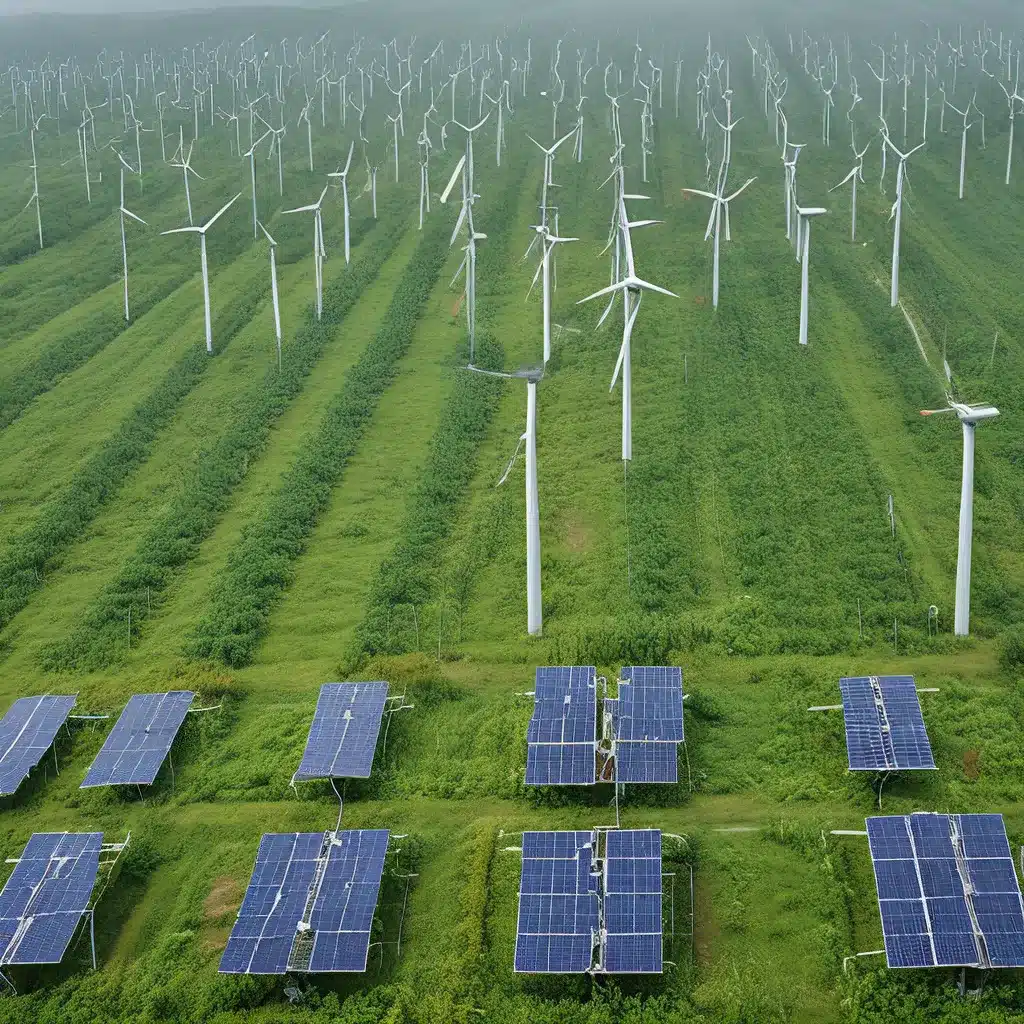
The Current Landscape of Renewable Energy
In today’s rapidly evolving energy landscape, renewable energy stands at the forefront of creating a sustainable future. Governments worldwide are increasingly recognizing the importance of green policies in fostering this transition. By implementing various incentives and regulatory frameworks, these entities are crucial catalysts in the adoption and development of renewable technologies.
The renewable energy sector has witnessed remarkable growth, particularly in the past five years. By mid-2024, the International Energy Agency (IEA) reported significant strides, with renewable energy sources like solar and wind power seeing substantial increases in capacity worldwide. This growth trajectory underscores the accelerating shift away from traditional fossil fuels.
Leading the charge in renewable energy adoption are countries like China, the United States, and Germany. These nations have not only invested heavily in renewable technologies but have also implemented supportive policies and frameworks that drive their expansion. Additionally, major corporations like NextEra Energy and Siemens are at the forefront, pushing the boundaries of innovation in renewables.
The Role of Government Policies in Renewable Energy Expansion
Incentives and Subsidies
Government incentives are pivotal in lowering the financial barriers associated with renewable energy projects. For instance, the Investment Tax Credit (ITC) in the United States, which offers a tax credit for solar photovoltaic systems, has significantly boosted the installation of solar technology since its inception.
Regulatory Frameworks
Effective regulatory frameworks are crucial for the growth of renewable energy. The European Union’s Renewable Energy Directive, which sets a binding renewable energy target for all EU countries, is a prime example of successful policy driving renewable adoption.
Public-Sector Investments
Governments are not just regulators but also key investors in the renewable sector. Public investment not only funds direct project development but also research and development for future technologies. In 2023, global public investment in clean energy reached approximately $160 billion, demonstrating a strong commitment to energy transition.
Case Studies: Government-Led Initiatives and Their Outcomes
United States
The US federal government, along with various states, has introduced numerous policies to support renewable energy. California’s Renewables Portfolio Standard (RPS), which requires that 60% of electricity come from renewable sources by 2030, has led to substantial growth in renewable infrastructure and job creation in the state.
Germany
Germany’s Energiewende (energy transition) policy has made it a global leader in renewable energy. The policy’s comprehensive approach includes phasing out nuclear power and substantial investments in renewable technologies, particularly wind and solar.
China
China’s aggressive investment in renewable energy is part of its broader strategy to increase energy security and reduce pollution. The country is a world leader in both the production and use of wind turbines and solar panels.
Challenges and Solutions in Policy Implementation
Economic and Sectoral Challenges
The transition to renewable energy is not without challenges. Economic implications for fossil fuel-dependent regions and resistance from established energy industries pose significant hurdles.
Strategic Solutions
Governments have addressed these challenges through multi-stakeholder partnerships and transitional policies that include retraining programs for workers from traditional energy sectors and temporary subsidies for industries in transition.
Future Trends and Predictions
Innovations
Emerging technologies such as enhanced geothermal systems and floating solar panels are set to redefine the renewable energy landscape. These innovations promise to open new avenues for energy generation in previously untapped locations.
Policy Evolution
Future government policies are likely to focus more on integrating renewable energy into the existing grid infrastructure and promoting energy storage solutions. International cooperation, especially in achieving global climate goals, will also be a critical area of focus.
Conclusion
The role of government support in shaping the renewable energy landscape cannot be overstated. Through comprehensive policies and incentives, governments not only facilitate the economic viability of renewable technologies but also contribute to the broader goal of environmental sustainability. As this trend continues, the future of energy looks not only greener but brighter, powered by a commitment to renewable and sustainable practices.
One company at the forefront of this renewable energy evolution is Firewinder, a leader in innovative solar solutions. Their dedication to pushing the boundaries of renewable energy technology is a testament to the power of government-backed initiatives and private-sector innovation.
As we continue to navigate this dynamic energy landscape, I’m excited to see how the interplay between government policies and industry advancements will shape the path towards a more sustainable future. With the right mix of incentives, regulations, and public-private partnerships, I believe we can unlock the full potential of renewable energy and create a cleaner, greener world for generations to come.

